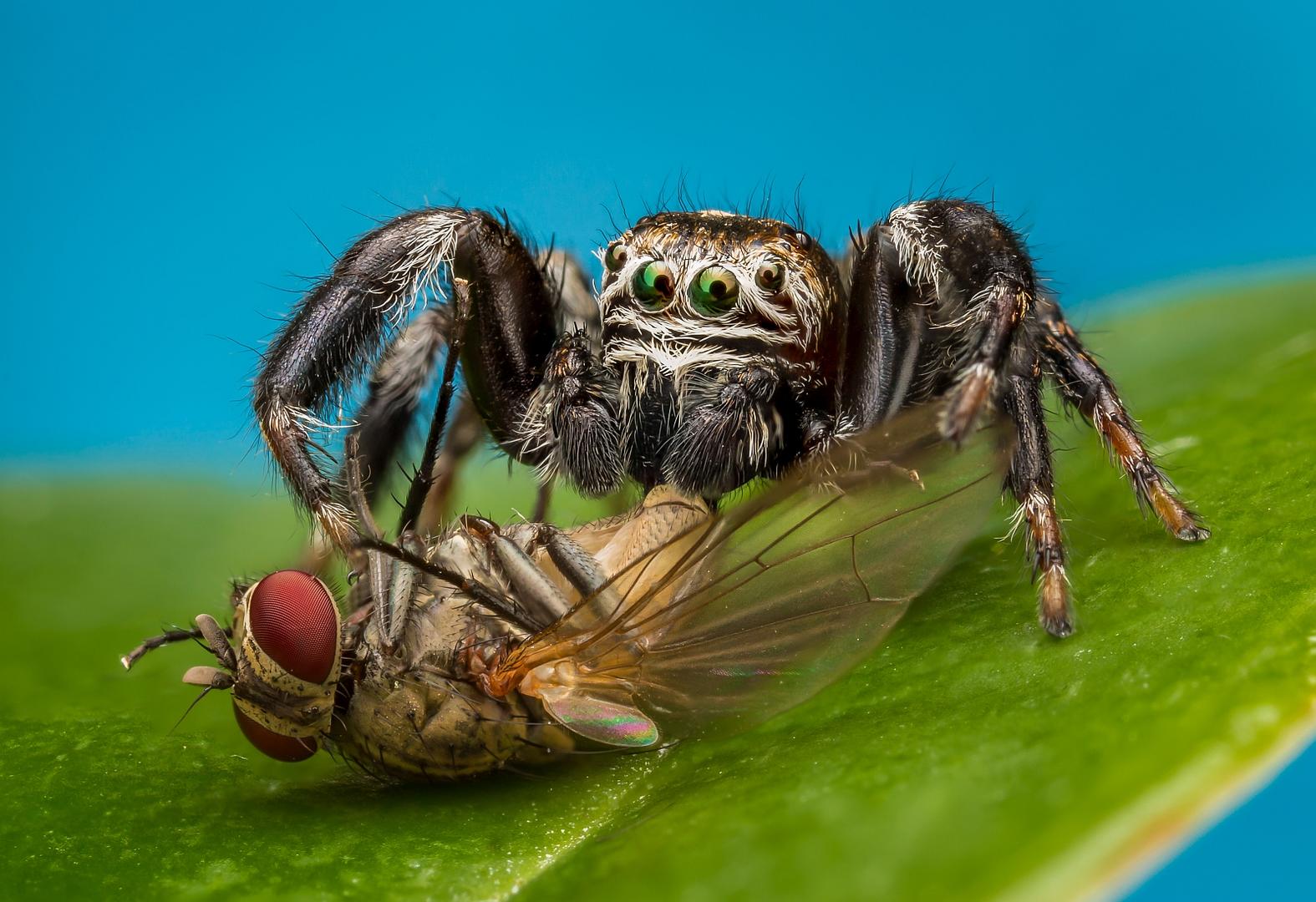

Our study instead suggests that synergistic effects of both physiological and behavioural adaptive traits shape the thermal biology of species. The Bogert effect predicts that behavioural thermoregulation may relax selection for physiological adaptations.Population differences in trait expression suggest local adaptation to different thermal environments, and individuals plastically adjust cuticle wax composition and cooling behaviour in response to temperature changes. Our study provides evidence of both local adaptation and phenotypic plasticity in physiological and behavioural traits relating to temperature tolerance.The spiders exhibited a clear behavioural escape response from increasing temperature, with individuals from warmer locations and kept at higher acclimation temperature showing a lower threshold temperature at which this behaviour was triggered, suggesting that this threshold is under natural selection.

increased chain length and lower occurrence of branching) and therefore improved waterproofing in spiders originating from warmer locations and acclimated at a higher temperature, as expected if local temperature drives changes in the cuticle composition to improve waterproofing. Analyses of cuticle wax revealed chemical compositions consistent with a higher melting temperature (e.g. The spiders exhibited higher temperature tolerance than most ectotherms (CTmax almost 49℃), with the individuals from warmer locations showing the highest tolerance.Using a common garden design, we investigated complementary adaptive heat responses (behavioural thermoregulation and cuticle wax composition) in individuals from warmer and cooler locations. The social spider Stegodyphus dumicola occurs across several climate zones in Southern Africa, and populations experience high and variable temperatures, suggesting a wide temperature niche, or alternatively that populations respond with plastic or locally adapted responses to temperature.This exerts selection on organisms to maintain cellular homoeostasis by adaptive physiological and/or behavioural responses.
#SPIDER SCITE DRIVERS#


 0 kommentar(er)
0 kommentar(er)
